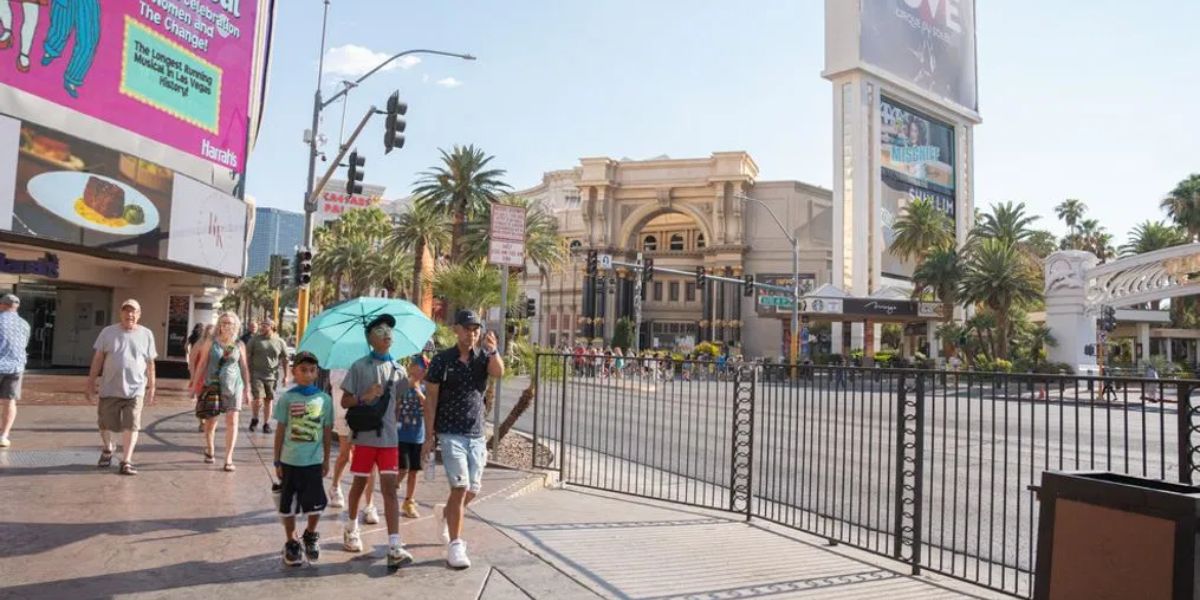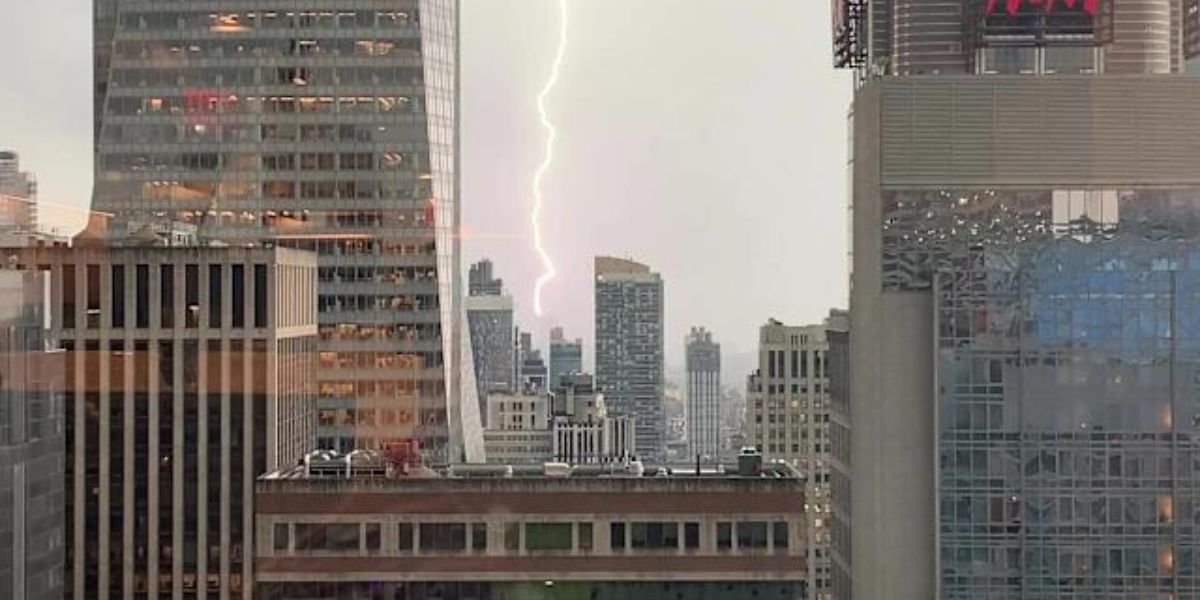From June 8 at 12:46 p.m. PDT to June 10 at 10 p.m. PDT, the National Weather Service (NWS) issued an extreme heat warning that covered Death Valley National Park, Lake Mead National Recreation Area, Las Vegas, and the surrounding areas.
Many locations were predicted to see highs of 105 to 115 degrees, with Death Valley’s Furnace Creek expected to get close to 120 degrees. As severe heat waves swept across much of Southern Nevada and the surrounding regions, the announcement was made.
The impacted areas were displayed on interactive Windy.com maps.
Given the high temperatures in early June, this most recent warning underscored the growing danger of heat-related illnesses and deaths.
Excessive heat exacerbates public health risks and poses challenges to infrastructure, such as water management and recreation safety, for many Americans, particularly in Las Vegas, Lake Mead, and other quickly urbanising desert areas.
Concerns regarding climate resilience in the South-west are growing as extreme heat events become more common and severe.
According to the NWS, temperatures in Mesquite and the vicinity of Lake Mead should expect to reach 110 to 115 degrees, while those in Las Vegas, Pahrump, and Barstow were predicted to reach 105 to 110 degrees. It was predicted that Furnace Creek in Death Valley would get close to 120 degrees.
The Las Vegas Valley, North-east Clark County, Western Clark and Southern Nye County, Western Mojave Desert, Lake Mead National Recreation Area, and Death Valley National Park were all included in the alert.
The risk of heat exhaustion, heat stroke, and other dangerous illnesses can be greatly increased by extremely high temperatures.
“Car interiors will reach lethal temperatures in a matter of minutes,” the NWS warned, and residents were advised to stay in air-conditioned areas, drink plenty of water, check on neighbours and family, and not leave children or pets in cars.
For strenuous hikes in the Lake Mead National Recreation Area, the National Park Service implemented seasonal trail closures through late September or early October.
Read Also: Houston Becomes First U.S. City to Ban Routine Traffic Stops in Landmark Move
Due to the safety hazards posed by persistently high temperatures, several trails are impacted, including Goldstrike Canyon, White Rock Canyon, Arizona Hot Springs, Liberty Arch, Lone Palm, and Sugar Loaf.
Less demanding trails are still open, and some hot springs are still reachable by boat.
Drought and climate change have also resulted in decreasing water levels in the Lake Mead National Recreation Area. Authorities cautioned that it might be more challenging to launch and recover watercraft, and that certain ramps might need special maintenance or even be temporarily closed.
During the heat wave, people with health conditions, outdoor workers, the elderly, and children were at higher risk. The public was advised by authorities to keep an eye out for updates and to carefully follow any safety guidelines that were given out during this time.



